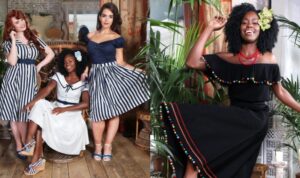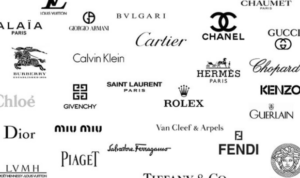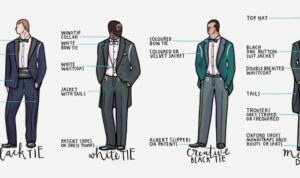Luxury fashion brands embody sophistication and exclusivity in the ever-evolving world of fashion. From iconic designs to unparalleled marketing strategies, these brands cater to a discerning clientele seeking nothing but the best.
As we delve deeper into the realm of luxury fashion brands, we uncover the rich history, innovative design philosophies, and captivating marketing strategies that set them apart in the industry.
Overview of Luxury Fashion Brands
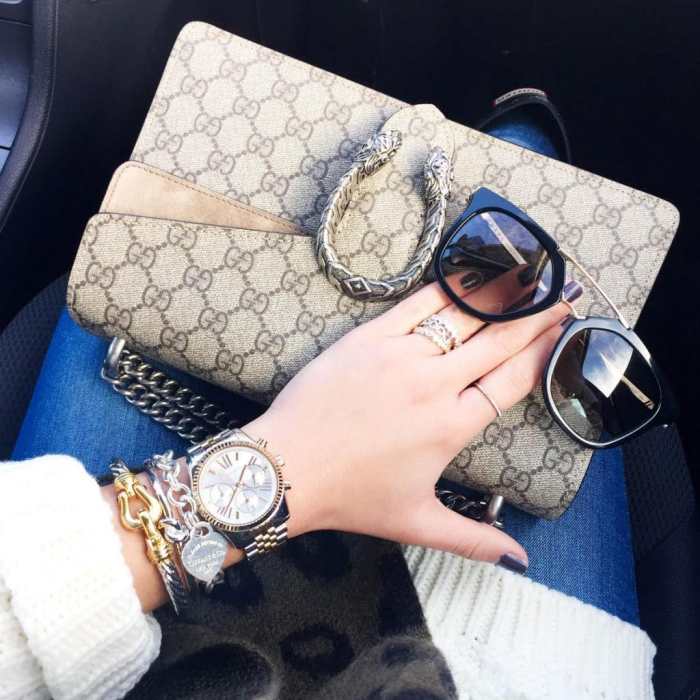
Luxury fashion brands are high-end labels that offer exclusive and premium clothing, accessories, and footwear. They are known for their superior quality, craftsmanship, and attention to detail, setting them apart from mainstream fashion brands. These brands have a strong presence in the fashion industry and are synonymous with luxury, sophistication, and prestige.
Characteristics of Luxury Fashion Brands
- Exclusivity: Luxury fashion brands produce limited quantities of products to maintain exclusivity and desirability.
- Quality: Materials used by luxury brands are of the highest quality, ensuring durability and longevity.
- Craftsmanship: Luxury brands often employ skilled artisans and craftsmen to create intricate and unique designs.
- Heritage: Many luxury fashion brands have a rich history and legacy, adding to their appeal and prestige.
Examples of Luxury Fashion Brands and Unique Selling Points
- Chanel: Known for its timeless designs, iconic tweed suits, and signature quilted handbags.
- Louis Vuitton: Renowned for its monogrammed leather goods, luxury luggage, and ready-to-wear collections.
- Gucci: Recognized for its bold and eclectic designs, logo hardware, and Italian craftsmanship.
Target Market of Luxury Fashion Brands
Luxury fashion brands target affluent individuals who value quality, exclusivity, and status symbols. Their clientele includes celebrities, royalty, and high-net-worth individuals who are willing to invest in luxury goods. Luxury brands cater to their customers by offering personalized services, exclusive events, and limited edition collections to enhance the shopping experience and create a sense of exclusivity.
History and Evolution
Luxury fashion brands have a rich history dating back centuries, originating from Europe where the concept of luxury and high-quality craftsmanship first emerged. These brands were initially patronized by royalty and the elite, setting the foundation for the luxury fashion industry as we know it today.
Evolution of Luxury Fashion Brands
Luxury fashion brands have evolved significantly over the years, transitioning from exclusive ateliers catering to a select few to global empires with widespread recognition and influence. The democratization of luxury fashion through marketing strategies, collaborations, and accessibility has played a major role in this evolution.
- Expansion of Product Lines: Luxury fashion brands have expanded beyond traditional clothing and accessories to include fragrances, cosmetics, home goods, and even experiences like luxury travel and hospitality.
- Technological Advancements: The digital age has brought about significant changes in how luxury fashion brands operate, from e-commerce platforms to social media marketing and virtual fashion shows.
- Sustainability and Ethical Practices: With increasing awareness of environmental and social issues, luxury fashion brands are incorporating sustainable practices and ethical sourcing into their operations to meet consumer demands.
Impact of Globalization, Luxury fashion brands
Globalization has had a profound impact on luxury fashion brands, enabling them to reach new markets and diversify their consumer base. This has led to collaborations with international designers, the opening of flagship stores in major cities worldwide, and the adoption of diverse cultural influences in design and marketing strategies.
- Market Expansion: Luxury fashion brands have capitalized on global markets in Asia, the Middle East, and beyond, tailoring their products and marketing strategies to suit the preferences of different regions.
- Cultural Exchange: Globalization has facilitated cross-cultural collaborations and exchanges, leading to a fusion of design aesthetics and creative innovations in the luxury fashion industry.
- Challenges and Opportunities: While globalization presents opportunities for growth and innovation, luxury fashion brands also face challenges such as maintaining brand identity in diverse markets and navigating complex supply chains.
Branding and Marketing Strategies
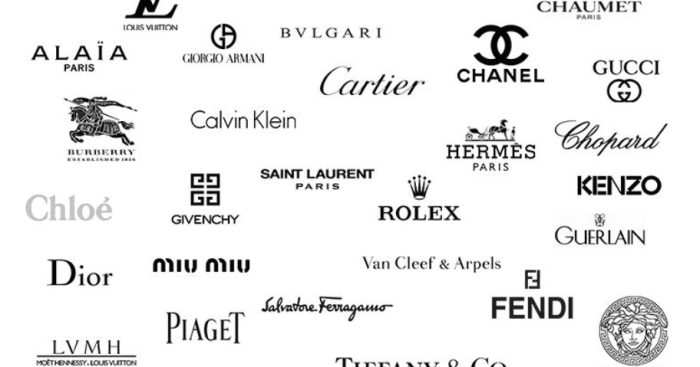
Luxury fashion brands employ sophisticated branding and marketing strategies to maintain their exclusivity and appeal to their target audience. By creating a sense of aspiration and status, these brands establish themselves as symbols of luxury and prestige in the fashion industry.
Brand Identity and Exclusivity
- Establishing a strong brand identity through unique design aesthetics, high-quality materials, and exceptional craftsmanship.
- Limiting distribution channels and keeping production volumes low to maintain exclusivity and scarcity.
- Collaborating with renowned designers, artists, and celebrities to enhance brand image and appeal.
- Creating limited edition collections and exclusive products to cater to the desires of affluent customers.
Marketing Channels and Campaigns
- Utilizing high-end fashion magazines, social media platforms, and luxury events to showcase products and engage with customers.
- Partnering with influencers, celebrities, and fashion bloggers to reach a wider audience and increase brand visibility.
- Organizing exclusive fashion shows, events, and pop-up stores to create buzz and excitement around new collections.
- Implementing digital marketing strategies such as targeted ads, email campaigns, and online content to connect with tech-savvy consumers.
Successful Marketing Campaigns
-
The “Lady Dior” campaign featuring Marion Cotillard, which highlighted the iconic Dior handbag and its timeless elegance.
-
The “Coco Crush” campaign by Chanel, focusing on the brand’s fine jewelry collection and incorporating digital elements for a modern touch.
-
The “Gucci Bloom” fragrance campaign with Dakota Johnson, Hari Nef, and Petra Collins, celebrating the essence of individuality and diversity.
-
The “Armani Exchange” campaign targeting a younger audience through vibrant visuals and engaging social media content.
Design and Innovation: Luxury Fashion Brands
Design and innovation play a crucial role in the success of luxury fashion brands, setting them apart from the competition and attracting discerning customers who seek exclusivity and uniqueness in their clothing.
Role of Design and Innovation
Luxury fashion brands differentiate themselves through cutting-edge design and innovative approaches to fashion. By investing in top-tier designers and creative minds, these brands are able to produce unique and high-quality pieces that appeal to their target audience.
Staying Ahead in Design and Creativity
Luxury fashion brands stay ahead by constantly pushing the boundaries of design and creativity. They often collaborate with artists, architects, and other creatives to bring fresh perspectives to their collections. This allows them to stay relevant and maintain their position as trendsetters in the industry.
Influence of Technology on Design Process
Technology has revolutionized the design process for luxury fashion brands, enabling them to experiment with new materials, techniques, and production methods. From 3D printing to virtual fittings, technology has opened up a world of possibilities for designers to create innovative and groundbreaking designs.
Iconic Designs and Innovations
Luxury fashion brands have produced countless iconic designs and innovations that have become timeless classics. From the Chanel 2.55 bag to the Burberry trench coat, these pieces have stood the test of time and continue to be coveted by fashion enthusiasts around the world.


